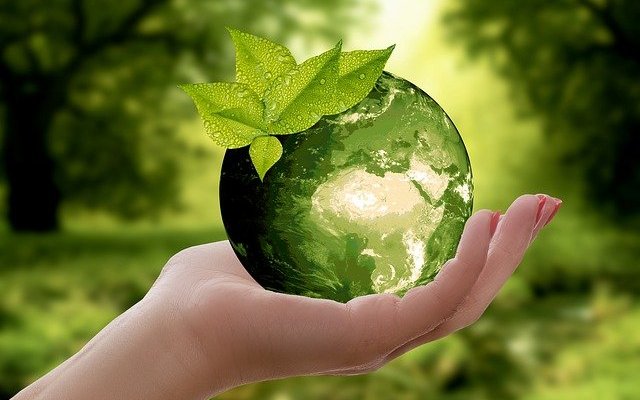Fishmeal is the optimal source of protein for fed fish and crustacean species, but the increase in market demand and prices is pushing the aquaculture industry to test alternative protein sources.
A team of researchers performed an emergy assessment on four partial substitutes for fishmeal – dried microalgae biomass from Tetraselmis suecica and Tisochrysis lutea, insect meal from Hermetia illucens larvae and poultry by-product meal – and compared them with the findings of a previously published Life Cycle Assessment (LCA) on the same topic.
By quantifying their degree of dependence on natural resources, the research offers a complementary perspective to that of LCA, obtaining a complete picture on the sustainability of the four production systems.
First, the results reveal that insect meal has the highest environmental efficiency in terms of total emergy per unit of product, followed by poultry by-product meal. The two closed microalgae cultivation systems are penalized by low productivity, combined with a high quantity of seawater imported.
Second, several critical aspects are highlighted by the five emergy-based indicators. In brief, all systems appear to be based on intensive industrial processes, with the imported inputs from the economy representing 99% of total emergy flow (high level of ecosystem stress). Since local renewable inputs are not significantly exploited, higher levels of production amplify the ratio between these resources and the inputs imported from the outer economies (no economies of scale are observed).
Finally, the comparison with LCA results reveals in the two microalgae systems, the high emergy contribution from seawater versus the high impacts of carbon dioxide and energy needs and in the insect meal system, the high emergy share represented by human labor and energy needs.
Check out the study here.













